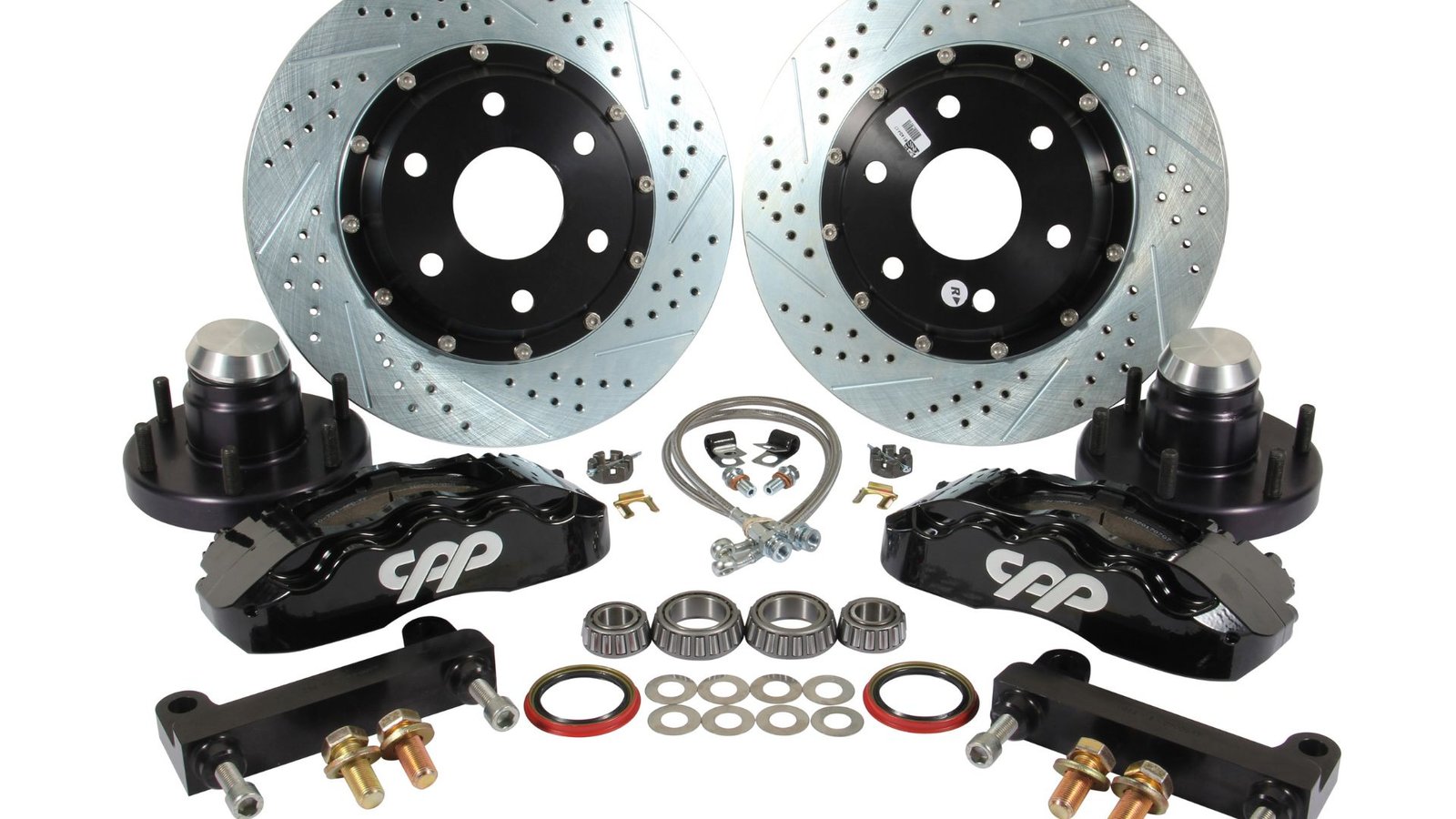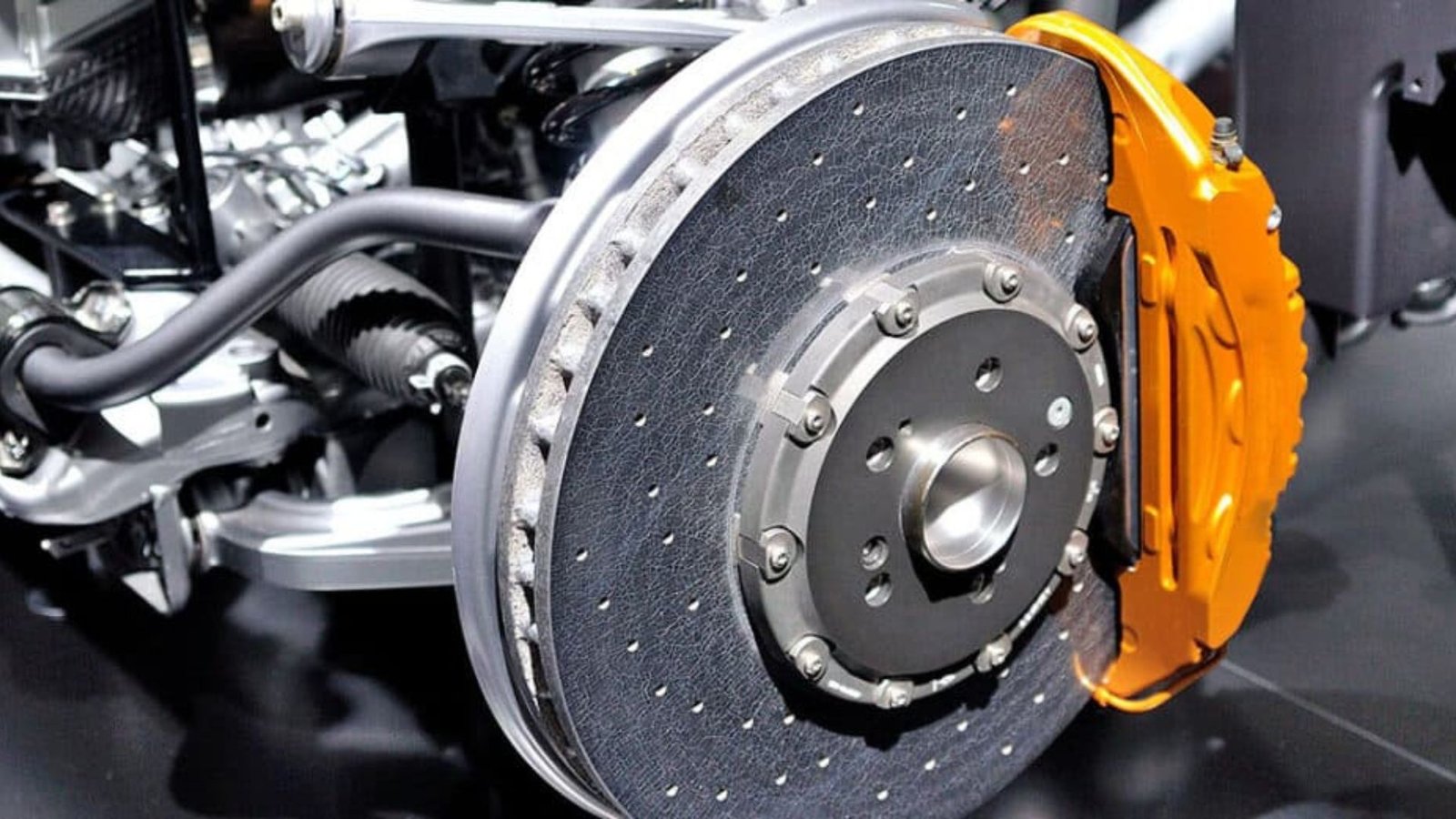Upgrading your brakes can significantly enhance your vehicle’s performance, safety, and driving experience. Whether you’re aiming for better stopping power, improved heat dissipation, or enhanced durability, several brake upgrades can help you achieve your goals. In this guide, we’ll explore how to upgrade your brakes, including the benefits of various components and tips for choosing the right upgrades for your vehicle.

Understanding Brake Upgrades
Why Upgrade Your Brakes?
Performance and Safety: Upgrading your brakes can improve stopping power, reduce brake fade, and enhance overall driving safety. High-performance brakes are especially beneficial for vehicles used in demanding conditions such as high-speed driving or off-road adventures.
Enhanced Durability: Upgraded brake components are often more durable, offering better resistance to wear and heat. This can extend the lifespan of your braking system and reduce the frequency of replacements.
Types of Brake Upgrades
1. Performance Brake Pads
What They Do: Performance brake pads are designed to provide better stopping power and higher resistance to brake fade. They often have a higher coefficient of friction compared to standard pads, resulting in improved braking performance.
Choosing the Right Pads: Select brake pads that match your driving style and vehicle type. Options include ceramic, semi-metallic, and carbon-based pads, each offering different benefits in terms of noise, dust, and performance.
2. Upgraded Rotors
Types of Rotors:
- Slotted Rotors: Feature grooves that help expel gas and debris from the brake surface, improving grip and reducing brake fade.
- Drilled Rotors: Have holes to enhance cooling and reduce heat buildup. They provide improved performance in high-stress conditions but may wear faster than other types.
- Carbon-Ceramic Rotors: Offer excellent heat dissipation and durability but come at a higher price. They are often used in high-performance and luxury vehicles.
Benefits: Upgraded rotors improve heat management and braking efficiency, making them suitable for high-performance driving or heavy loads.
3. High-Performance Calipers
Function: Brake calipers house the brake pads and apply them to the rotors. High-performance calipers offer better clamping force and often feature larger pistons and multiple pistons for more effective braking.
Benefits: Upgraded calipers provide improved braking force and response, enhancing overall braking performance and safety.
4. Stainless Steel Brake Lines
Why Upgrade: Stainless steel brake lines replace factory rubber lines, offering better durability and resistance to expansion under high pressure. They provide a firmer brake pedal feel and more consistent braking performance.
Benefits: Stainless steel brake lines improve the responsiveness of your brake system and reduce the risk of brake line failure.
5. Brake Fluid Upgrades
Types of Fluid: High-performance brake fluids have a higher boiling point, which helps prevent brake fade during heavy use. They also offer better moisture resistance and consistency in performance.
Benefits: Upgrading your brake fluid enhances overall braking performance, especially under high-stress conditions or in racing environments.
How to Choose the Right Upgrades
Assess Your Needs
Driving Style: Consider your driving habits and needs. If you drive aggressively or participate in motorsports, high-performance brake components will provide the best results. For everyday driving, standard upgrades may be sufficient.
Vehicle Type: Ensure that the brake upgrades you choose are compatible with your vehicle’s make and model. Consult your vehicle’s manual or a professional mechanic to confirm compatibility.
Budget Considerations
Cost vs. Benefit: Brake upgrades vary in price. Determine your budget and weigh the benefits of each upgrade against the cost. Sometimes, investing in high-quality components can offer long-term savings through improved durability and performance.
Installation Tips
Professional Installation
Why It Matters: While some brake upgrades can be installed at home, professional installation ensures that components are properly fitted and adjusted. This is crucial for optimal performance and safety.
Finding a Mechanic: Choose a reputable mechanic or brake specialist with experience in upgrading brake systems. They can provide expert advice and ensure that the upgrades are installed correctly.
Regular Maintenance
Ongoing Care: After upgrading your brakes, regular maintenance is essential to keep them performing well. Follow the manufacturer’s recommendations for break-in periods, fluid changes, and inspections.
Conclusion
Upgrading your brakes can significantly enhance your vehicle’s performance, safety, and driving experience. By choosing the right components, such as performance brake pads, upgraded rotors, and high-performance calipers, you can achieve better stopping power and durability. Assess your needs, budget, and vehicle compatibility to make informed decisions, and consider professional installation for the best results. With the right upgrades and proper maintenance, you can enjoy a safer and more responsive braking system that meets your driving requirements




